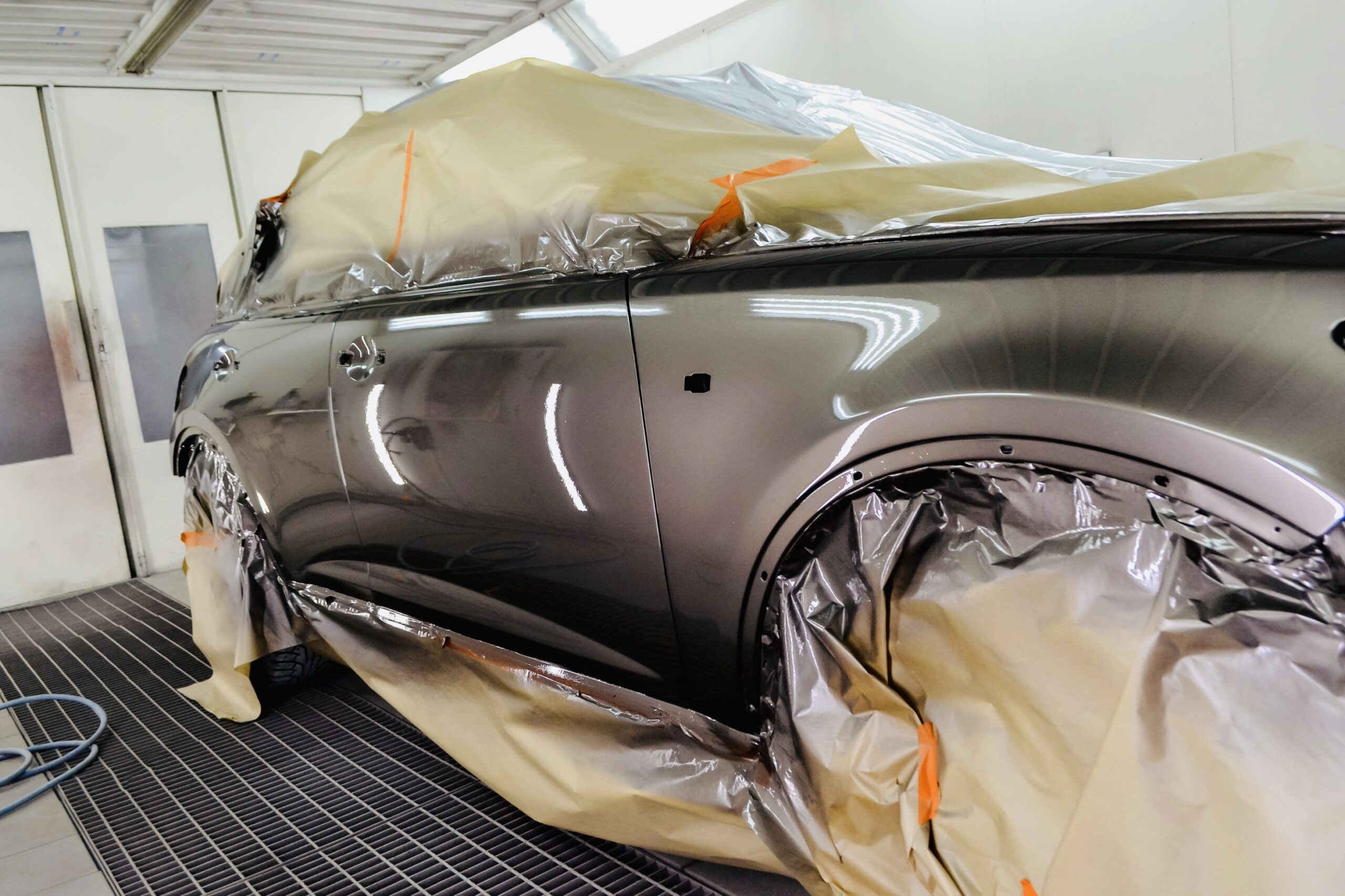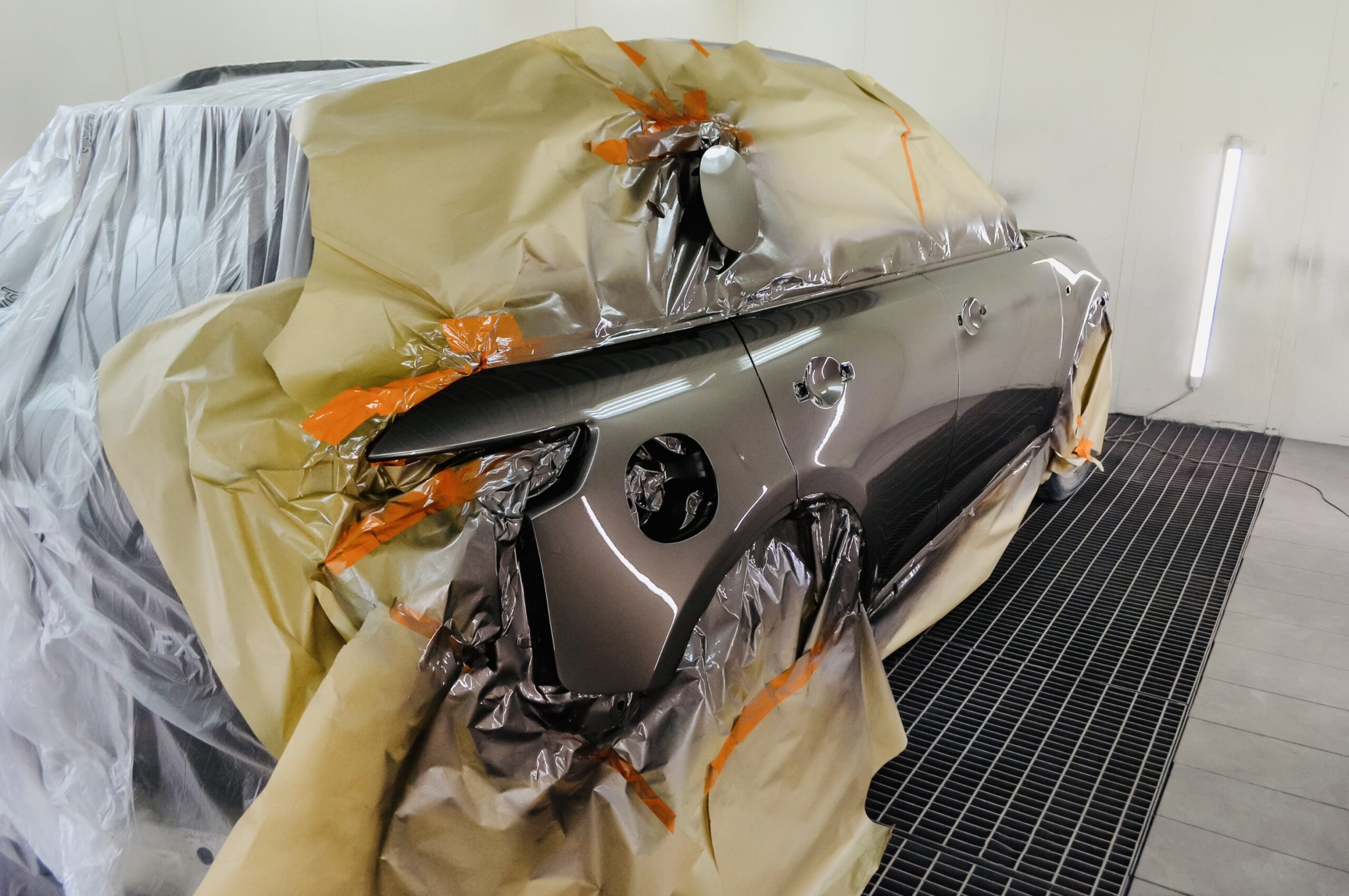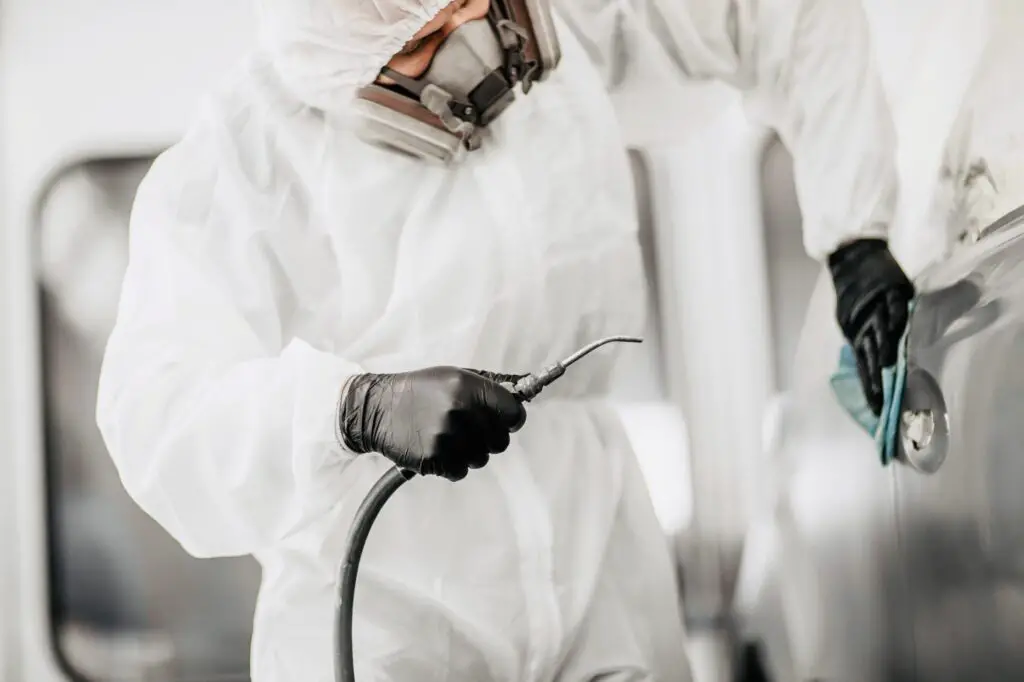Do I Need a Clear Coat After Spray Paint Car: The Importance of Clear Coat After Spray Painting Your Car
Do I Need a Clear Coat After Spray Paint Car? A huge question mark. Spray painting a car can be transformative, giving your vehicle a fresh and vibrant appearance. However, the decision on whether to apply a clear coat after spray painting is a crucial one.

In this article, we will explore the significance of Do I Need a Clear Coat After Spray Paint Car in automotive aesthetics and protection.
Do I Need a Clear Coat After Spray Painting a Car?
The first question that arises in the minds of many DIY car enthusiasts is whether a clear coat is essential after spray painting. Clear coat serves multiple purposes, with one of the primary benefits being protection. It protects against the elements, guarding the underlying paint against UV rays, harsh weather conditions, and environmental pollutants. Additionally, a clear coat contributes to achieving that glossy, professional finish that enhances the overall visual appeal of your car.
The sum up is:
When spray painting a car, the question often arises- Do I Need a Clear Coat After Spray Paint Car? The answer is a resounding yes, and here’s why.
Protection Against the Elements
A clear coat protects against various environmental elements such as UV rays, rain, and pollutants. It is a barrier that prevents the underlying paint from fading, oxidizing, or deteriorating. Without a clear coat, your freshly painted car would be more susceptible to damage from sun exposure and harsh weather conditions.
Enhanced Durability
The clear coat adds an extra layer of durability to the paint job. It helps resist scratches, stone chips, and minor abrasions that could otherwise damage the painted surface. This is particularly important for the exterior of a car, which is constantly exposed to potential hazards on the road.
Improved Aesthetic Appeal
A clear coat not only protects but also enhances the aesthetic appeal of your car. It provides a glossy finish that looks visually appealing and contributes to the sleek appearance of a well-maintained vehicle. The clear coat reflects light, giving the paint depth and a professional finish.
Longevity of the Paint Job
Applying a clear coat significantly extends the longevity of the paint job. It helps maintain the vibrancy of the colors and prevents the base paint from deteriorating. With a clear coat, your car’s exterior will retain its shine and luster for a more extended period, keeping it looking new and well-maintained.
Easier Cleaning and Maintenance
The smooth and glossy surface created by a clear coat makes cleaning and maintaining your car easier. Dirt, bird droppings, and other contaminants are less likely to adhere to the surface, and when they do, they can be easily wiped off without damaging the underlying paint.
Professional Finish
Clear coating is a standard practice in professional automotive painting. It gives the paint job a professional finish that rivals factory coatings. Whether restoring a classic car or customizing a modern vehicle, a clear coat is essential for achieving that polished, showroom-quality appearance.
However, while it may seem like an additional step, transparent coating is a crucial part of the spray painting process for a car. It provides protection, durability, and aesthetic appeal and contributes to the overall longevity of the paint job. Skipping this step could result in your vehicle’s less resilient and visually striking finish.

How to Apply Clear Coat After Spray Painting: Step-by-Step Guide
A step-by-step guide is invaluable for those planning to include a clear coat in their automotive painting process.
- Start by ensuring the painted surface is clean and free of debris.
- Apply the clear coat evenly, using long, sweeping motions to avoid streaks or uneven coverage.
- Allow sufficient drying time between coats, and don’t forget the importance of a well-ventilated workspace.
This step-by-step approach ensures a seamless application and a polished and durable finish.
Follow these steps:
Prepare Your Work Area: Ensure you’re in a well-ventilated space and the temperature is suitable for straightforward coat application. Clean the surroundings to avoid dust or debris settling on the wet, clear coat.
Sand the Surface: Use fine-grit sandpaper (around 800-1000 grit) to sand the painted surface lightly. This creates a smooth texture for the clear coat to adhere to.
Clean the Surface: Wipe down the sanded surface with a tack or lint-free cloth to remove any dust or particles. Ensure the surface is entirely clean before applying the clear coat.
Mask and Protect: Use painter’s tape and plastic sheeting to remove areas you don’t want to clear the coat, such as windows or trim. This protects these areas from accidental overspray.
Choose the Right Clear Coat: Select a clear coat compatible with the type of paint you used. Read the manufacturer’s instructions for mixing ratios and application guidelines.
Mix the Clear Coat: If your clear coat requires mixing, follow the manufacturer’s instructions carefully. Use appropriate measuring tools to achieve the correct ratios.
Test on a Small Area: Before applying the clear coat to the entire surface, test it on a small, inconspicuous area to ensure compatibility and observe potential reactions.
Apply the Clear Coat: Hold the spray can or use a gun at the recommended distance from the surface. Apply thin, even coats, overlapping each pass slightly. Follow the recommended drying time between coats.
Allow for Drying Time: Give the clear coat sufficient time to dry between coats and after the final application. Avoid touching or disturbing the surface during this time.
Wet Sand (Optional): If you want an ultra-smooth finish, wet sand the clear-coated surface with fantastic grit sandpaper (1500-2000 grit) after fully cured.
Polish and Buff (Optional): After the clear coat has cured completely, you can polish and buff the surface to enhance its gloss. Use a suitable automotive polishing compound and a soft cloth for this step.
Remove Masking: Once the clear coat is fully cured and polished (if desired), remove the masking tape and plastic sheeting to reveal the finished painted surface.
Is a Clear Coat Necessary on Cars?
The necessity of a clear coat depends on various factors, including the environment in which your car operates and your aesthetic preferences. If your vehicle spends considerable time outdoors, a clear coat becomes more of a necessity than a choice. The clear coat acts as a protective barrier, preventing the underlying paint from fading, peeling, or succumbing to the corrosive effects of the elements.
Does a Clear Coat Make Paint Stronger?
A common belief is that a clear coat strengthens the paint job. The truth lies in the molecular structure of precise coat formulations. Clear coat is typically composed of resins that, when cured, form a robust and durable layer.
This layer not only enhances the visual appeal of the paint but also provides a protective shield, making the overall paint job more resilient against scratches, chips, and environmental damage.
FAQ
Q: Is a clear coat compatible with all types of paint?
A: Generally, a clear coat is compatible with most automotive paints. However, it’s essential to check compatibility based on the specific type and brand of paint you’re using.
Q: How do I maintain a car with a clear coat?
A: Regular washing and waxing are crucial for maintaining a clear coat. Avoid harsh chemicals or abrasive materials that could damage the protective layer.
Q: Are there any challenges associated with clear coat
application?
A: Common challenges include improper application, leading to streaks or cloudiness. Following the recommended application process and using quality products can mitigate these issues.
Bottom Line
In conclusion, Do I Need a Clear Coat After Spray Paint Car or not? Applying a clear coat after spray painting your car is rooted in practicality and aesthetics. Clear coat provides a layer of protection that can significantly extend the lifespan of your paint job, keeping your vehicle looking fresh for years to come. Whether you prioritize durability or a glossy finish, understanding the role of a clear coat empowers you to make an informed choice tailored to your car’s needs and personal preferences.
So, the next time you prepare a car painting project, consider the added layer of protection and shine that clear coat brings to the canvas of your automotive masterpiece.
Happy Painting!

